In the early summer of 2020, at the height of the pandemic, hundreds of thousands of people took to the streets of Washington in raucous protests against the police killing of George Floyd.
In the late summer of 2025, following an unprecedented Trump administration takeover of local law enforcement, the best local critics have done so far is a relatively small procession from Dupont Circle around the White House demanding that “Donald Trump must go.” “Danger! Danger! There’s a fascist in the White House!” marchers chanted, at one point yelling at the occupants of a National Guard Humvee, which was quickly surrounded by D.C. Police. It was a well-organized, energetic demonstration, but all in all, there were only a few hundred marchers.
Where’s the rest of this famously progressive city?
To hear activists and national Democrats tell it, the takeover of D.C.’s Metropolitan Police Department and the flood of federal forces into the capital are a sign of rising authoritarianism. It may be happening in Washington thanks to an odd constitutional status, but the president himself has talked about sending forces to other Democratic-led cities next.
Yet considering those alleged stakes, the nation’s capital has been weirdly quiet. Last weekend, the military vehicles parked at photogenic locations around the National Mall were surrounded by curious photographers, not outraged civil libertarians. Some friendly tourists even asked the troops for selfies.
Local elected officials, eager not to provoke the administration, have been diplomatic in expressing their dismay. Notably, the small protests I went to were dominated by dedicated activists. One was sponsored by Free D.C., a grass-roots pro-statehood group. The other, which involved the march to the White House, was organized by Refuse Fascism, an anti-Trump group with historic ties to the Revolutionary Communist Party.
By contrast, there was little evidence of, you know, the Democratic Party. That’s the organization that won over 90 percent of D.C. votes in the last election. Where ambitious conservative notables took to the capital after the 2020 election to associate themselves with Stop the Steal protests, none of the small public demonstrations against the takeover have so far featured appearances from the Democrats’ local political big shots, much less their national celebrities who also reside in town.
“I’d be psyched to be invited,” Maryland Rep. Jamie Raskin, a D.C. native who sponsored a bill to terminate Trump’s control over the police, told me.
What explains the quiet? In conversations around town over the past week, it’s quite clear that Washington is a city where many locals are plainly outraged by the president’s falsehood-filled description of the place as a crime-ridden hellscape — and where many others are profoundly uncomfortable about armed federal outsiders being urged by the president to “knock the hell out of” opponents.
“What he’s doing is basically about power and not public safety,” scoffed Philip Pannell, who runs the Anacostia Coordinating Council in the city’s historically impoverished southeast corner. “He’s turned certain areas of the city into runways for his fascist fashion show.”
But when I asked about the lack of street-level backlash to match this disdain, the answers from pro-democracy activists and experienced political organizers were all over the place. Some cited the season: “The only thing I can think of is, it’s August and people are away,” said George Conway, a strident Trump critic who told me the police takeover was “a step to controlling what’s happening in the capital, whether it’s legislation or the streets.” He said hadn’t been aware of any serious protest since the police takeover was announced. He said there might be a change once fall arrives.
Others cited exhaustion and even fear. “I know a number of folks who are activists who are just thinking that possibly protesting can be risking your life,” said Pannell, a longtime local activist.
People involved in planning protests against the takeover chalk some of it up to tactical choices. Keya Chatterjee, the executive director of Free D.C., told me the impact of the big marches that fill the Mall didn’t always last. She said her organization is more focused on building out its capacity to push change on the local level. “We are not going to win by flashing a one-day march,” she told me, noting that their list of followers on Instagram, where actions are typically announced, doubled by 20,000 after the takeover. “We have to organize in our communities, in ways that form really deep relationships.” Her organization and others have mobilized teams to respond to alleged mistreatment of migrants and spread word about checkpoints, among other activities. They’ve also called for people to bang pots and pans outdoors nightly at 8 p.m., which hasn’t yet led to a citywide cacophony.
On Wednesday, a small group of protesters chanting “Free D.C.” made headlines by heckling Vice President J.D. Vance, Defense Secretary Pete Hegseth and White House deputy chief of staff Stephen Miller at Union Station.
Raskin, himself a student of political organizing, said it was savvy to steer large crowds away from the sorts of violent confrontations that could embolden the White House. He cited the springtime No Kings marches that coincided with Trump’s June military parade — but stayed physically distant. Though he represents suburban Washington, he traveled to Philadelphia to speak at a rally there.
More intriguingly, it may also be that there’s a longer-term change in the culture of protesting in left-leaning towns like Washington after the overreach of 2020 and the backlash of 2024. The gathering designed to make a statement by turning out normies in mass numbers somewhere like the National Mall is fading. In its place, hard-core encampments (like the Gaza protests at colleges) and targeted demonstrations (like angry visits to the personal homes of politicians) have risen for the truly committed. Everyone else posts zingers on social media.
And sure enough, there’s been plenty of visually arresting social media driving the Washington conversation about the law enforcement surge.
There’s the widely-shared video depicting federal agents coming up on a group of Black men on the stoop of a home. “Don’t be drinking outside, don’t be smoking outside, because Donald Trump is tired of it,” one officer says. In fact, the man said he was smoking a cigarette, and an open container on your own porch is usually allowed under D.C. law. Neither the feds nor the men on the porch behaved badly; the interaction ended without incident. But it underscored the sense of foreignness, which will only grow with this week’s news that at least six red states are sending National Guard troops to join the effort.
A rough arrest outside Union Station also made the rounds on Saturday. According to independent photographer Mukul Ranjan, who posted the images on Instagram, a delivery driver dropped his bike and ran from authorities, who eventually tackled and subdued him before leading him away. Ranjan’s images depict National Guard troops as well as federal law enforcement whose agency can’t be seen on their uniforms.
There’s also a troubling viral video of masked ICE agents tackling and detaining a moped driver and alleged undocumented immigrant in Northwest Washington. “Do I have to answer to you?,” an agent barks when bystanders ask for his badge and agency. Later, when someone shouted that “you guys are ruining this country,” one of the public employees responded, “liberals already ruined it.”
But what’s interesting about the current situation is that the attention to social-media clickiness appears to be on both sides. Federal forces making arrests and serving warrants in D.C. have been trailed by government social media teams who document and then post the agents’ policing actions.
The National Guard vehicles parked on the National Mall sit at spots tailor-made for photographing (albeit spots with precious little crime to deter). During a long journey around the Mall Saturday afternoon, I found visitors thanking the Guard for the service, and others heckling. Late at night at the Lincoln Memorial, I found a group of armed federal agents themselves taking tourist snapshots. Staring out at the lit-up cityscape, it was hard for even armed and uniformed out-of-towners to resist a photo.
Most compelling was the scene outside Union Station. A train had evidently just arrived, and as passengers came out of the main doors and onto the grand plaza with its views of the Capitol Dome, they encountered a striking scene: In the foreground, framed by the dome, was a trio of mine-resistant, armored National Guard MRAP vehicles, with 4-foot tires. It made for quite an arrival in the capital of a free country. Passenger after passenger whipped out a phone to capture the unlikely scene. A Union Station traffic patrolman tried unsuccessfully to keep the adjacent roadway open for ride-share drivers as amateur photographers blocked the way.
Still, the defense department posted an image of the station and a supersized vehicle. “This we’ll defend,” the caption read.
In at least one case, the federal videographers and the unhappy neighborhood bystanders have grabbed onto the same incident. It happened August 15 in Mount Pleasant, a historically crunchy D.C. neighborhood that retains a significant Latino presence despite years of gentrification. A night earlier, a solidarity concert for immigrants had taken place in the neighborhood plaza. Now it was Friday morning, and a group of masked federal agents came across the plaza, which is frequently festooned with signs. In English, one of the signs said “Mount Pleasant Melts ICE.” In Spanish, it read “Chinga La Migra,” which translates to “Fuck ICE.”
As seen on a local security-camera video posted by a reporter for radio station WAMU, the agents posed for a picture in front of the sign before tearing it down. What remained in the plaza was also jarring: An anatomically correct dildo. Displaying the sex toy has become a summertime meme thanks to a crypto firm whose fans have taken to throwing them onto the court at WNBA games, a trend that’s been lambasted as misogynist. The video was passed around extensively; many neighbors saw it as a gratuitous, vulgar insult.
Soon afterwards, ICE posted its own more edited social-media video of the incident as captured by their traveling videographer. “We’re taking America back, baby,” a masked agent says to the camera as he struts off with the balled-up sign. ICE’s video doesn’t include the men posing before cutting down the banner. And the sex toy is pixelated in the video.
Dildogate has become a hot neighborhood issue. Watching the video, you don’t see where the object came from. Maybe it was there before. Eyewitness Dominic Charles, who was walking by with his 3-year-old daughter, told me he only noticed it after the agents left. Angela Allison, a local neighborhood commissioner, said she couldn’t imagine how else it got there. “I have never seen a random dildo out in Mount Pleasant,” she said. “We’re kind of a more chill, family-friendly neighborhood.” The White House said the insulting placement never happened. “This can’t be a serious question, even from POLITICO,” spokesperson Abigail Jackson said by email.
But Jackson didn’t respond to a follow-up question about what ought to be the real issue: Why are federal forces ripping down political signs in public spaces? Their deployment in D.C. is supposed to be about fighting crime, not confiscating disfavored slogans. “The way they showed up and just tore it down and left, that’s the way occupying armies act,” said Isaias Guerrero, whose immigrant-support organization had organized the prior night’s concert.
That occupying-outsiders vibe is likely to become more pronounced in the weeks ahead. Officially, Trump will have to give up his use of the city police after 30 days. The energy has already shifted to deploying other federal forces in the capital. Mississippi, Louisiana, and Tennessee — all among America’s highest-crime states — are the latest to send troops. Even the restrained D.C. Mayor Muriel Bowser has criticized the move.
The great nightmare of the city’s local leadership is that one of these days, there will be some incident with an out-of-town fed, a confrontation that begins with an open container or a vulgar sign or a moped-riding suspect but spins out of control, leaving someone hurt or killed. It’s anyone’s guess if the city stays quiet after that, and just what would transpire if it didn’t.
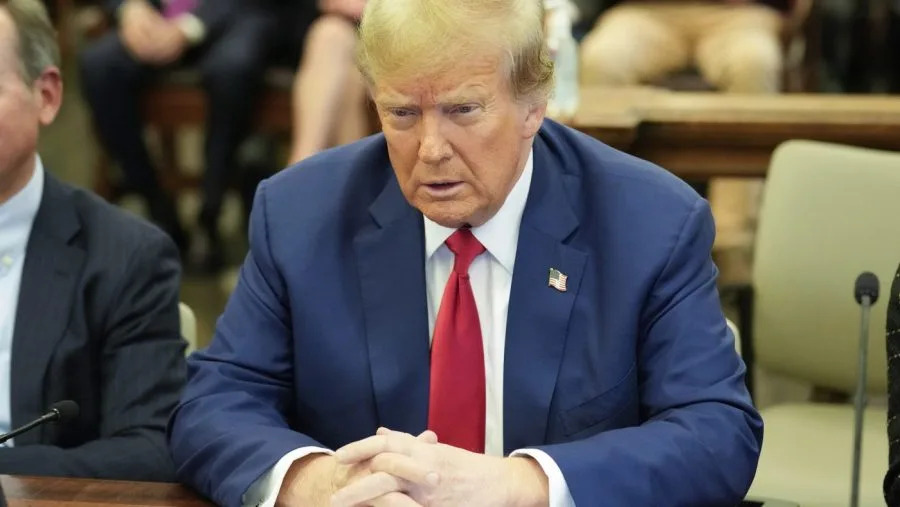
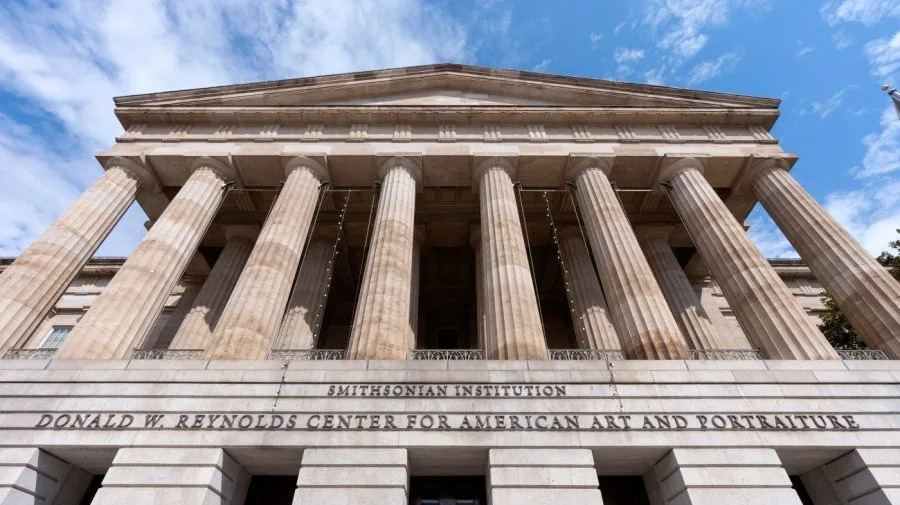

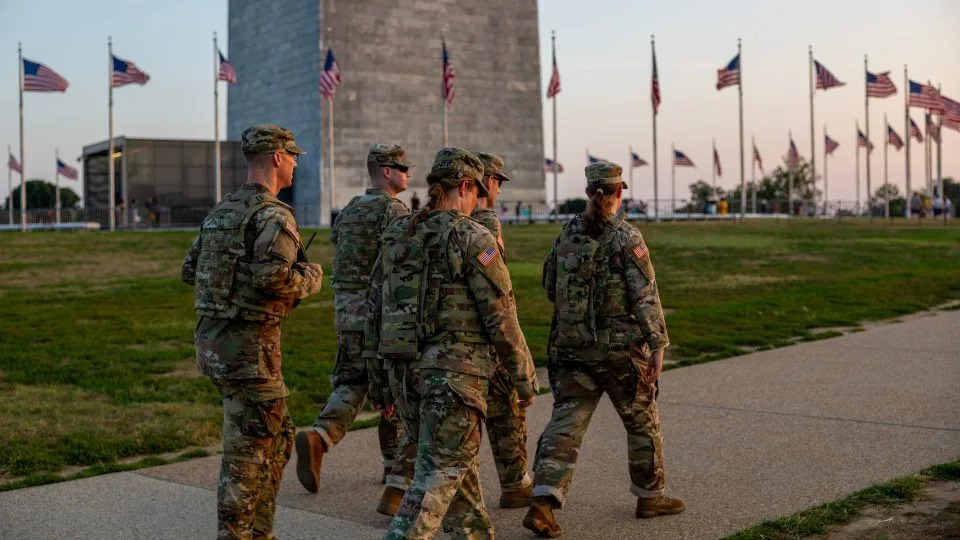
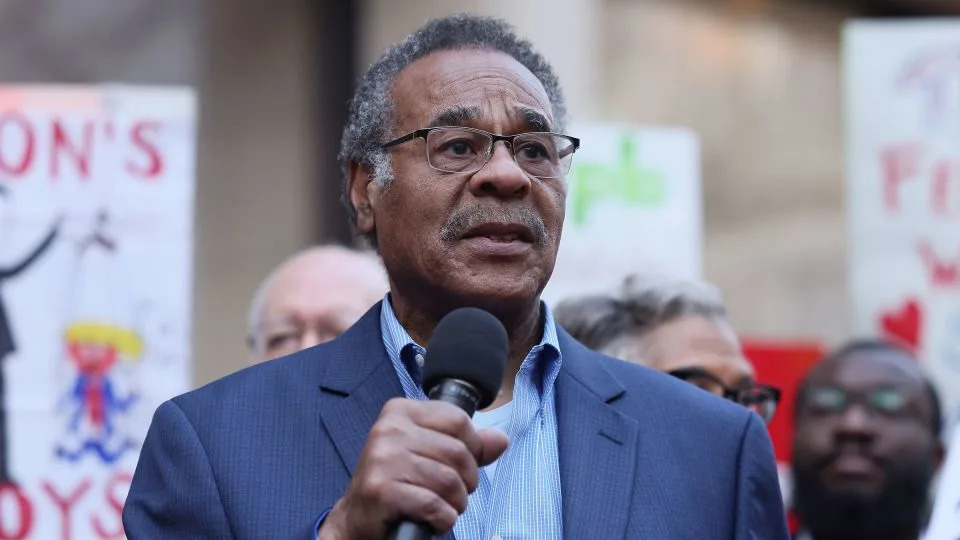
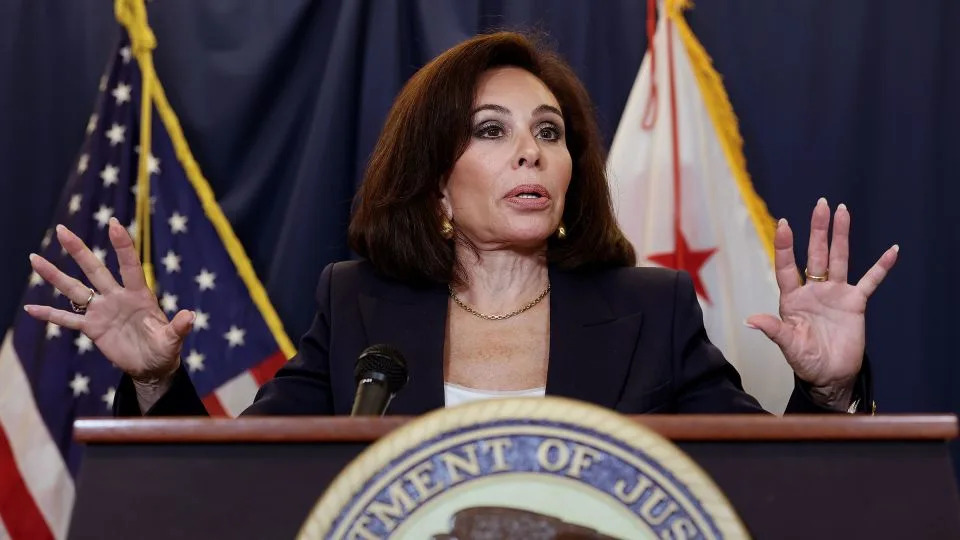
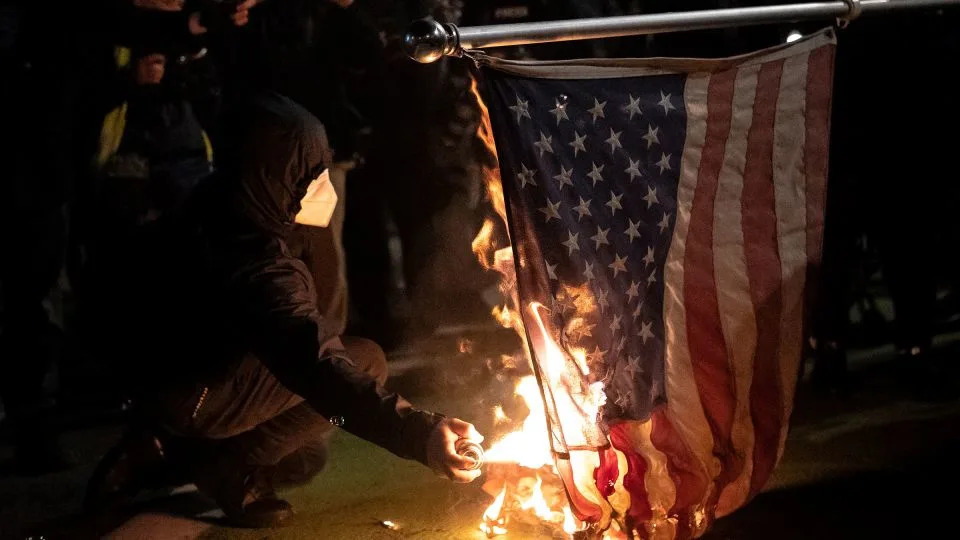
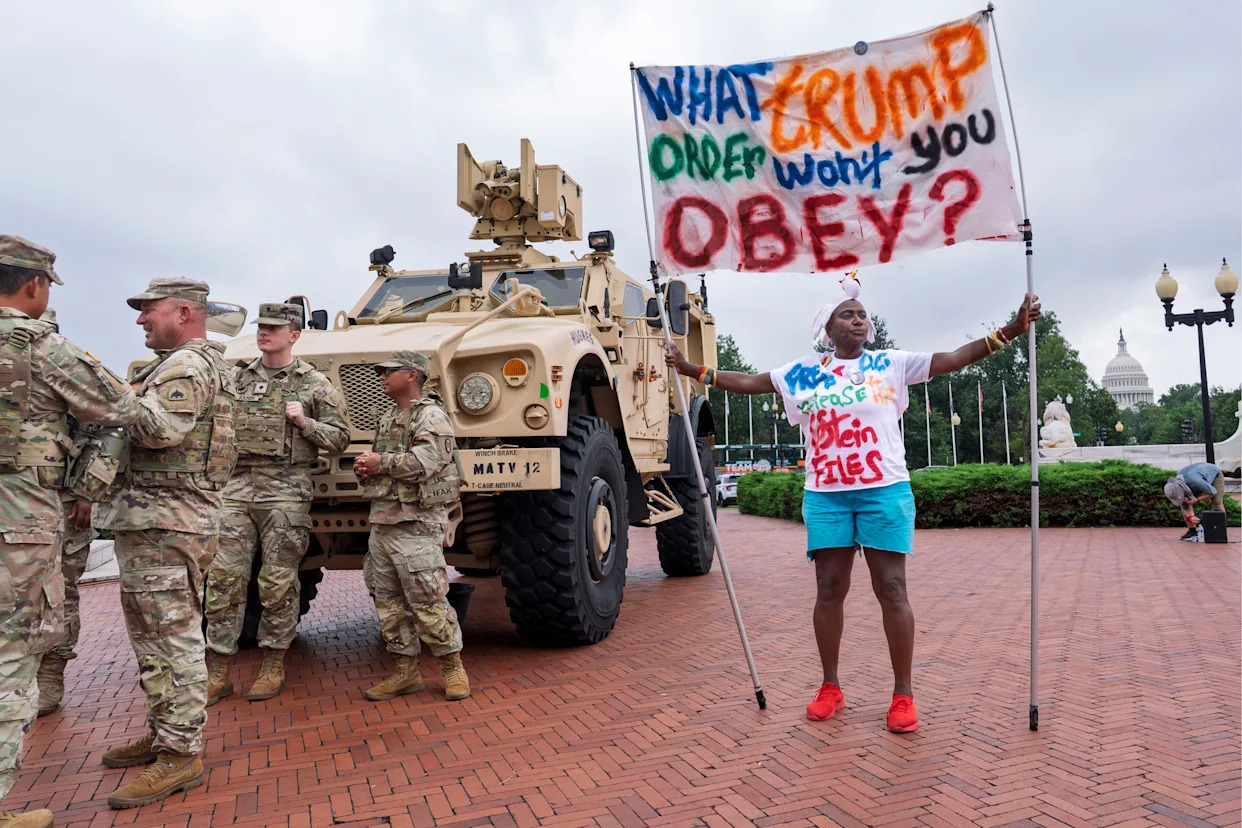
Comments